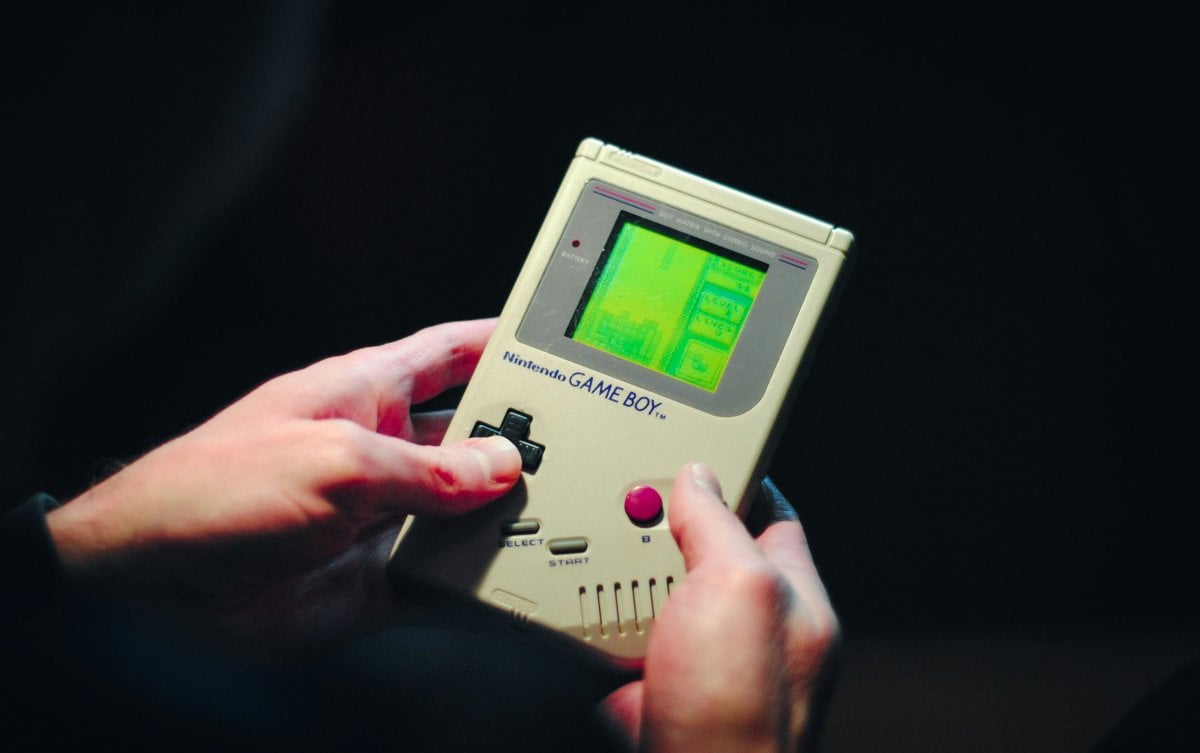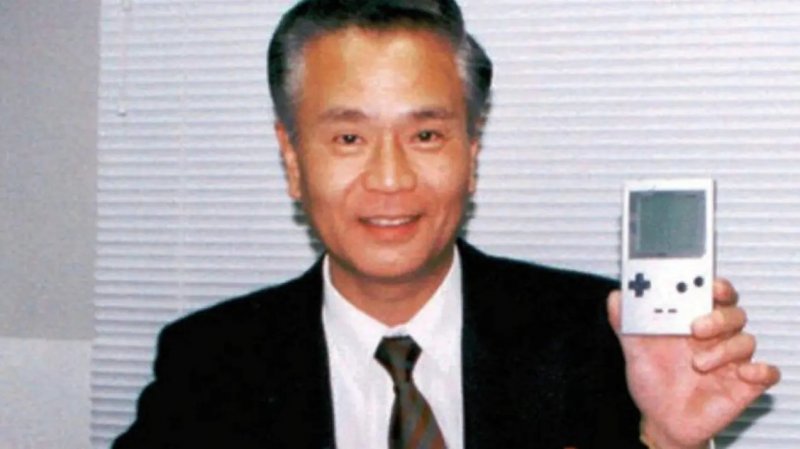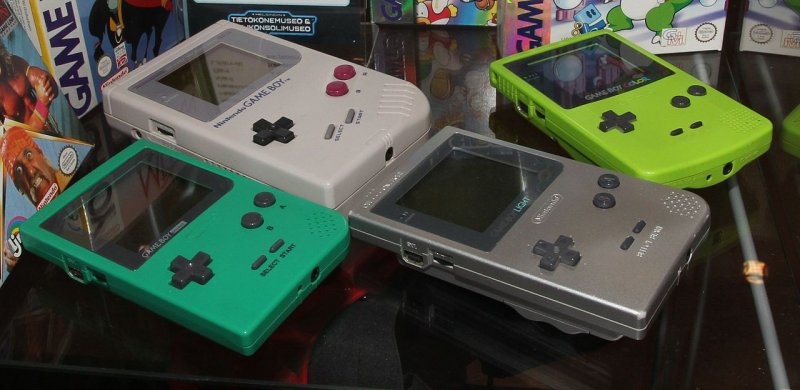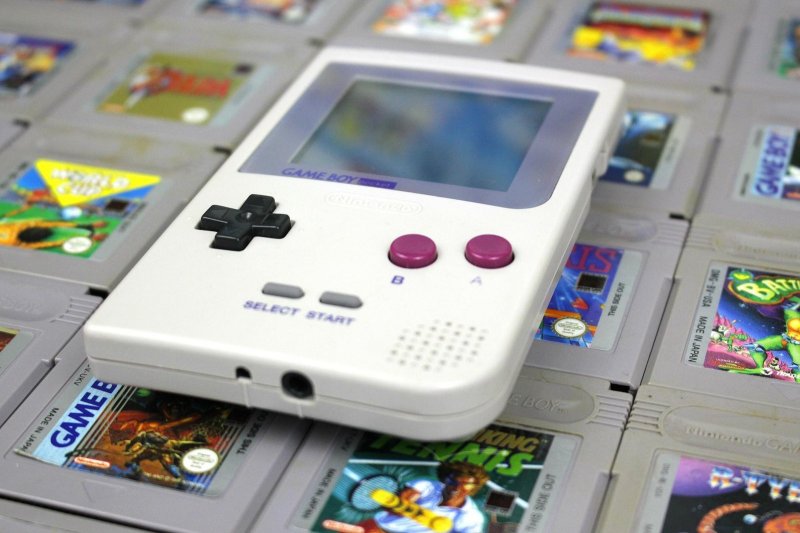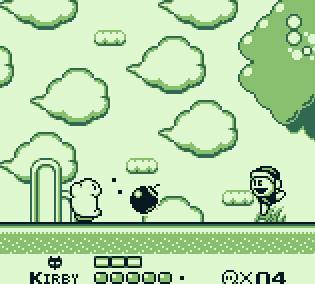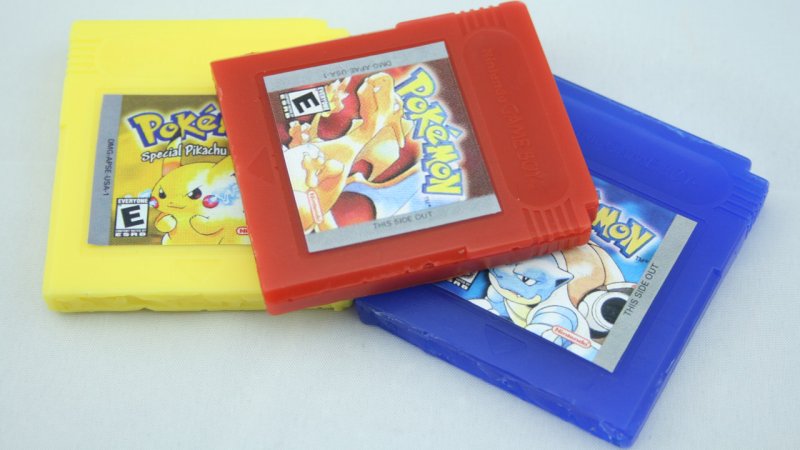Exactly thirty-five years ago, on the same day as the supposed founding of the city of Rome, Nintendo launched its first portable console onto the market: it was April 21, 1989 When the Japanese started giving yen to buy Game Boys. In the United States, the console would arrive a few months later, on July 31, while in Europe, according to the common delay of the time, only on September 30, 1990. For millennials, Game Boy was, at its peak, a brand as powerful as PlayStation; The difference is that one of them survived to this day and the other disappeared a long time ago.
For Generation Z, the Game Boy – in its advanced form in particular – serves as a turning point between the first to belong to this category and those who followed them, often growing up directly with a Nintendo DS in their hands. It is a name that is still known to anyone even remotely passionate about video games, despite its disappearance from the market for twenty years, and this immediately indicates the success of the project.
The Game Boy was designed by Gunpei Yokoi, one of Nintendo's main geniuses, and arrived on the market accompanied by a version of Tetris Published by Nintendo itself: a unique step in the history of the Japanese company, which nevertheless proved successful. After acquiring the rights in a bold fashion that deserved a movie, Nintendo found themselves on their hands with the best killer app possible. The Game Boy and Tetris made a perfect duo upon launch in the United States. However, the Game Boy differed from previous portable platforms, on a conceptual level, precisely because it was possible to change games using cartridges: unlike the Game & Watch, with a single controller, this time it was possible to play many different works.
Nintendo found the perfect combination of price, size and technological capabilities. Game Boy It certainly wasn't comparable to home consoles, and its monochromatic colors tended toward green, yet it was the perfect combination of cost, gaming quality, and battery consumption. With the Game Boy, Nintendo established its main commercial pillar, the portable market, which would never betray it, and which continues today through the Nintendo Switch.
Hardware and brand heritage
The Game Boy, taking into account – as Nintendo does – all its colorful looks, sold for just under 120 million units. It had the obvious advantage of creating an entire market, the pocket market, which now continues, albeit in hybrid form, through the Nintendo Switch… and beyond. Not only because, as video game fans, we tend to overlook the most profitable sector today, which is the mobile phone sector. There is no direct line linking smartphones to Nintendo's first portable console, even if someone wanted to force the relationship by suggesting the presence of a completely secondary peripheral, primitive but futuristic selfies, like the Game Boy Camera.
Despite this, there is definitely a connection between the two worlds, albeit an indirect one: the Nintendo DS was the spiritual successor to the Game Boy and, at the same time, it was also the precursor to mobile gaming. Nintendo DS in 2004, long before Apple put a touch-screen, Wi-Fi-enabled technology device into the pockets of millions of people, and proposed titles, including some of the millionaire's bestsellers, that were aimed at “non-gamers.” , the so-called ordinary players.
The most important lessons left by the Game Boy, in shaping the ideal portable platform, are basically two. The first: the aforementioned balance between price, battery life, and size. Prioritizing just one of these aspects means reducing the console's potential audience, a lesson that Nintendo (and almost only Nintendo) has always taken to heart. The second big lesson for the Game Boy, and this is just from a business sense, has to do with platform updates: Game Boy, Game Boy in color, Game Boy Pocket, Game Boy Light, Color game boy. It demonstrated how portable consoles were more easily interchangeable, in terms of appearance and function, than home consoles: a family was more likely to buy multiple versions of the same pocket console, rather than the same home console.
Throughout its history, Nintendo has never had a problem changing the brands of its consoles. In some cases, this was a necessary option after a partial or complete failure: we point to the GameCube and Wii U, for example. However, in other cases, the decision was very specific, far from being forced: the Famicom and Super Famicom (also in Japan) were replaced by the Nintendo 64, in order to unify the platform's identity internationally. The Game Boy and Game Boy Advance were replaced by Nintendo DS. At the time it was a wise choice, so much so that the DS was presented as a “third pillar” alongside the Gamecube and Game Boy Advance: if it failed, a new Game Boy would likely arrive a few years later. However, also thanks to the success of the DS, the Game Boy name would never return: a completely anomalous choice for the video game market, which usually only abandoned the brand when it didn't work. In retrospect, in an unexpected way, it's a wise choice: despite the prestige, the Game Boy won't be usable in 2024. Nintendo is trying to reach as broad an audience as possible, and the masculine (and ageist) reference of ” Boy” is now obsolete.
Software legacy
There have long been rumors of A Game Boy Classic Mini, in the wake of the NES and SNES: However, just like the Nintendo 64, despite various reasons, it never arrived. The Nintendo 64, beloved by enthusiasts, never achieved the ubiquity of its predecessors: the Game Boy, although still a platform that is also still respected in terms of design, had software that is difficult to appreciate – today – by the masses. Games tend to be monochromatic, often basic or short: except for level design miracles like The Legend of Zelda: Link's Awakening or Super Mario Land 2, today's teenager will never be able to appreciate Game Boy titles, unlike NES and SNES games. Moreover, it now seems that the “fashion” for mini-consoles is over: Nintendo will probably continue to re-propose the classic Game Boy as it did on Switch, that is, to encourage and increase registrations for its online services.
There is a major anomaly in Game Boy sales: you can notice it yourself, watching its success year after year. Video game consoles tend to follow a parabolic path: they start, they grow, they reach their peak, they decline, and then they die. The Game Boy, which was in complete decline (in 1995), reached a new, completely unexpected peak, extending its life for years to come: that peak had a specific reason, and it was called Pokémon (red and blue in Italy). Almost all of the best Game Boy games up to that point had been cuts or adaptations of the sagas born on the NES (or elsewhere): Super Mario, Tetris, The Legend of Zelda, and Metroid. There are three main exceptions to this logic: Wario Land, which is now a brand, we want to be optimistic and calming. Kirby was born on the Game Boy in 1992, with Kirby's Dream Land (directed by Masahiro Sakurai), a series (and character) that remains hugely successful, yet has never been linked to the pocket universe, regardless of its origins.
Pokemon, from its debut onwards, has always progressed alongside Nintendo's handheld consoles, often defining its success. No platform that hosted a major episode of the saga has ever managed to sell less than fifty million units. This, in addition to the creation of the pocket market, is exactly the main legacy of the Game Boy. The Switch is a reconciliation of everything Nintendo has been in the past, including the Game Boy, and this very DNA represents the reason why Nintendo has been developing its successor with relative calm: Super Mario and The Legend of Zelda being killer apps is not a guarantee, it depends on several factors , while Pokemon does that. This is a situation that may not last forever, but for now it still seems very solid. Just as in the late 1990s you had to buy a Game Boy to play Pokémon, in 2025 (or 2026) you'll have to buy a Switch 2 to get the new generation of Pokémon. They are also called, not coincidentally, “pocket” monsters.

“Unable to type with boxing gloves on. Freelance organizer. Avid analyst. Friendly troublemaker. Bacon junkie.”
